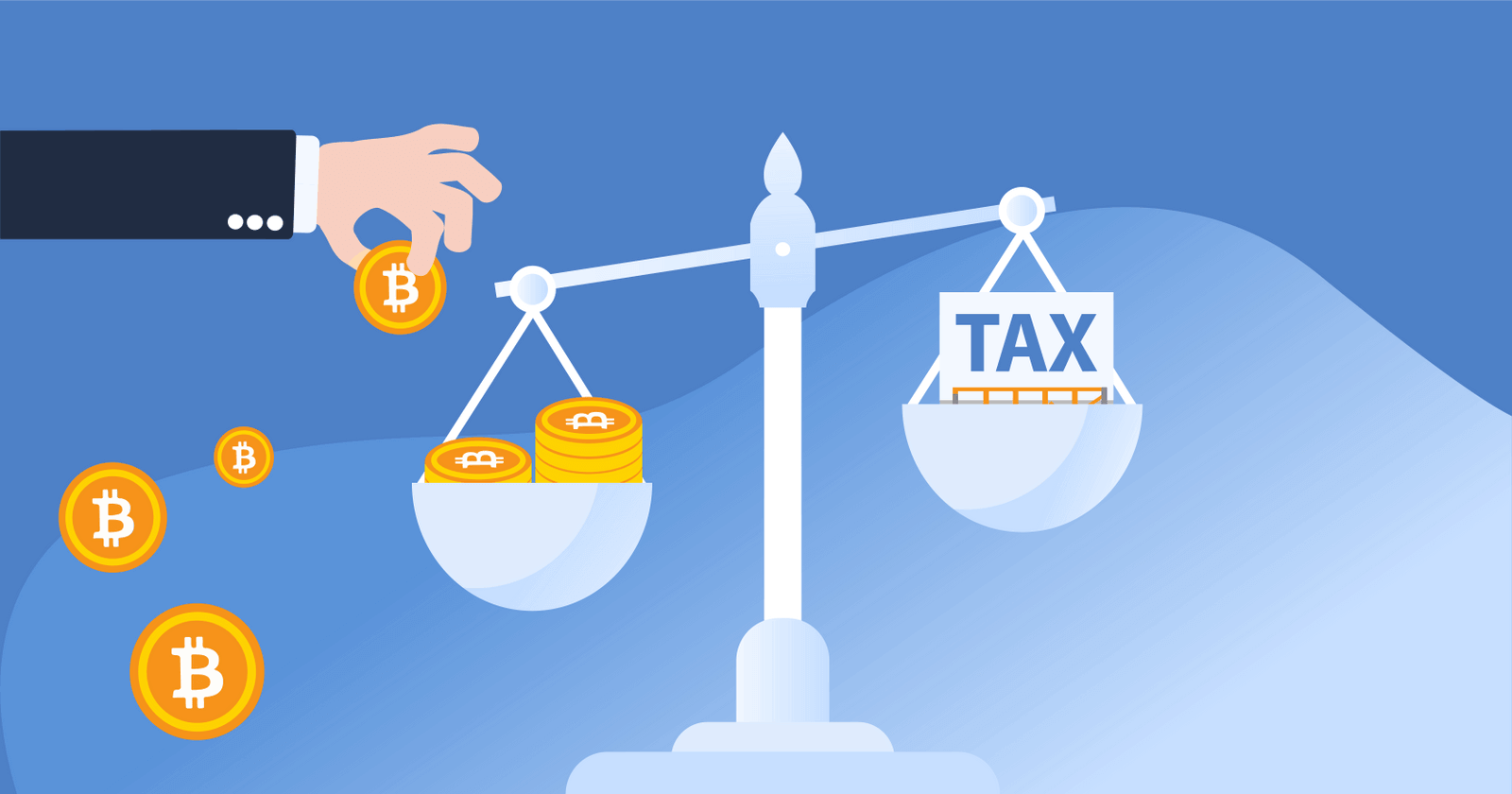%20(1).jpg)

Wondering what the best marketplace to buy, sell, and trade NFTs is in 2025?
In this guide, we’ll break down everything you need to know about Rarible and OpenSea. We’ll compare the two platforms on the factors most important to NFT buyers and creators — including fees, features, and supported blockchains.
Quick look: What is the best NFT marketplace?
Overall, OpenSea is one of the best options on the market for NFT investors because of its support for various blockchains, low fees on OpenSea Pro, and the measures the platform takes to protect users.
However, Rarible may be a better choice for you if you’re looking for a decentralized option and more flexibility in setting your royalty fees.
What is OpenSea?
OpenSea is an NFT marketplace founded in 2017. The platform was designed to simplify the process of creating and trading NFTs. Today, OpenSea is one of the world’s largest NFT marketplaces.
Getting started with OpenSea is quick and easy. Whether you’re a creator or an NFT investor, you can get started with the platform in minutes — no coding or technical skills required!
What is Rarible?
Rarible is an NFT marketplace founded in 2020. Rarible has taken steps to decentralize control of the platform — the platform’s RARI token gives users a stake in the platform and a voice in governance decisions.
While Rarible also was designed to simplify the process of creating and trading NFTs, the platform has a smaller user base than OpenSea. Still, some NFT enthusiasts praise Rarible for being more ‘artist-friendly’ compared to alternatives.
Target Audience
Winner: Tie
It’s important to remember that Rarible and OpenSea have different target audiences. The right platform for you may differ depending on your specific reasons for seeking out an NFT marketplace.
Rarible was designed specifically for artists — the platform allows users to set high royalty fees and earn RARI, the platform’s governance token.
Meanwhile, OpenSea is designed to make it easy for users to buy, sell, and view their favorite NFTs.
User Experience
Winner: Tie
Both Rarible and OpenSea are considered user-friendly platforms. You should try out both platforms for yourself and see which user experience you prefer.
Rarible vs. OpenSea: Royalty Fees
Winner: Rarible
Rarible offers creators more flexibility in terms of setting royalty fees.
Rarible allows creators to set royalty fees up to 50%. This means that if an NFT buyer decides to sell the asset in the future, the creator will receive up to 50% of the sale.
While OpenSea allows creators to set their own royalty fees, fees are capped at 10%.
Rarible vs OpenSea: Platform Fees
Winner: OpenSea
With the release of OpenSea Pro, OpenSea now offers some of the lowest transaction fees on the market.
Currently, Rarible receives a 1% fee from the buyer side and the seller side for each sale made on the marketplace.
Currently, OpenSea charges a 2.5% fee for buyers.
Recently, OpenSea released OpenSea Pro — an NFT marketplace aggregator that allows creators to list NFTs with fees ranging between 0-0.5%.
Features
Winner: OpenSea
OpenSea and Rarible offer similar features to users — both NFT marketplaces give creators the ability to 'lazy mint’ — list NFTs without paying upfront gas costs. In addition, users can like NFTs, bid on NFTs, and find the top NFTs by ranking on both platforms.
However, OpenSea Pro offers more features for advanced users. OpenSea Pro allows users to set advanced orders, trade with optimized gas fees, and buy, sell, and trade NFTs across different marketplaces.
Payment Options
Winner: Tie
Both Rarible and OpenSea give users the option to pay for NFTs with different cryptocurrencies.
OpenSea: ETH, wETH, SOL, AVAX, BNB, USDC, and DAI
Rarible: ETH, wETH, XTZ, FLOW, and MATIC
In addition, both Rarible and OpenSea allow users to buy NFTs with a credit card. This comes with advantages from an NFT tax perspective. Remember, buying an NFT with cryptocurrency is considered a ‘disposal’ subject to capital gains tax.
Decentralization
Winner: Rarible
While OpenSea is a centralized platform, Rarible has taken steps to decentralize the platform and give users a voice in platform governance.
While Rarible started as a centralized platform, the creators have said that their goal is hand control of Rarible to a Decentralized Autonomous Organization (DAO) run by community members.
In 2021, Rarible released the RARI token, which gives tokenholders the right to vote on governance decisions and influence Rarible’s policies in the future — including setting fees, introducing new features, and setting guidelines on moderation.
OpenSea does not offer a governance token that gives users a stake in the platform — which has led to criticism about the centralized nature of the platform. In the past, OpenSea has faced backlash for taking down listings without allowing the community to have a say in moderation decisions.
Supported Blockchains
Winner: OpenSea
Rarible and OpenSea give users the option to buy and sell NFTs on different blockchains.
At this time, OpenSea supports more blockchains than Rarible. However, Rarible supports certain blockchains that OpenSea does not — such as Tezos and Immutable X.
OpenSea: Ethereum, Polygon, Solana, Klaytn, Arbitrum, Avalanche, and BNB.
Rarible: Ethereum, Polygon, Solana, Tezos, and Immutable X, and Flow.
Security
Winner: OpenSea
In the past, both Rarible and OpenSea have been subject to security issues. However, OpenSea has been more proactive in taking steps to protect user security.
In recent months, OpenSea has introduced more preventative measures to mitigate scams and security issues. The platform now has a special moderation team and uses auto-detection technologies to take down fraudulent NFTs.
Community
Winner: OpenSea
While both Rarible and OpenSea have large user bases, OpenSea is one of the biggest NFT marketplaces in the world. OpenSea has more followers on social media and a much higher transaction volume.
OpenSea
- More than 1.9 million followers on Twitter
- More than 200,000 members on Discord
- $262.73 million 30-day transaction volume (April 2023)
Rarible
- More than 500,000 followers on Twitter
- More than 50,000 members on Discord
- $365.22k 30-day transaction volume (April 2023)
In conclusion
While OpenSea and Rarible are both fantastic marketplaces, the ‘best’ NFT platform for you may vary based on your specific situation. To choose the best platform for your needs, consider which of the factors above are most important for you!
Frequently asked questions
Is it easier to sell on Rarible or OpenSea?
While both sites have user-friendly interfaces and large user bases, OpenSea is one of the world’s most popular sites for selling NFTs.
Should I list on Rarible or OpenSea?
The best NFT marketplace for you may vary based on what you’re looking for. While OpenSea has a larger user base, lower fees, and better user protection, Rarible is a decentralized platform that allows creators to collect more royalty fees.
Can you sell on both Rarible and OpenSea?
NFTs on public blockchains like Ethereum can be listed on both Rarible and OpenSea.
What is the disadvantage of Rarible?
Rarible charges 1% fees for both the buyer and seller and has a smaller user base than competitors like OpenSea.
Frequently asked questions
How we reviewed this article
All CoinLedger articles go through a rigorous review process before publication. Learn more about the CoinLedger Editorial Process.

CoinLedger has strict sourcing guidelines for our content. Our content is based on direct interviews with tax experts, guidance from tax agencies, and articles from reputable news outlets.




































.png)
















